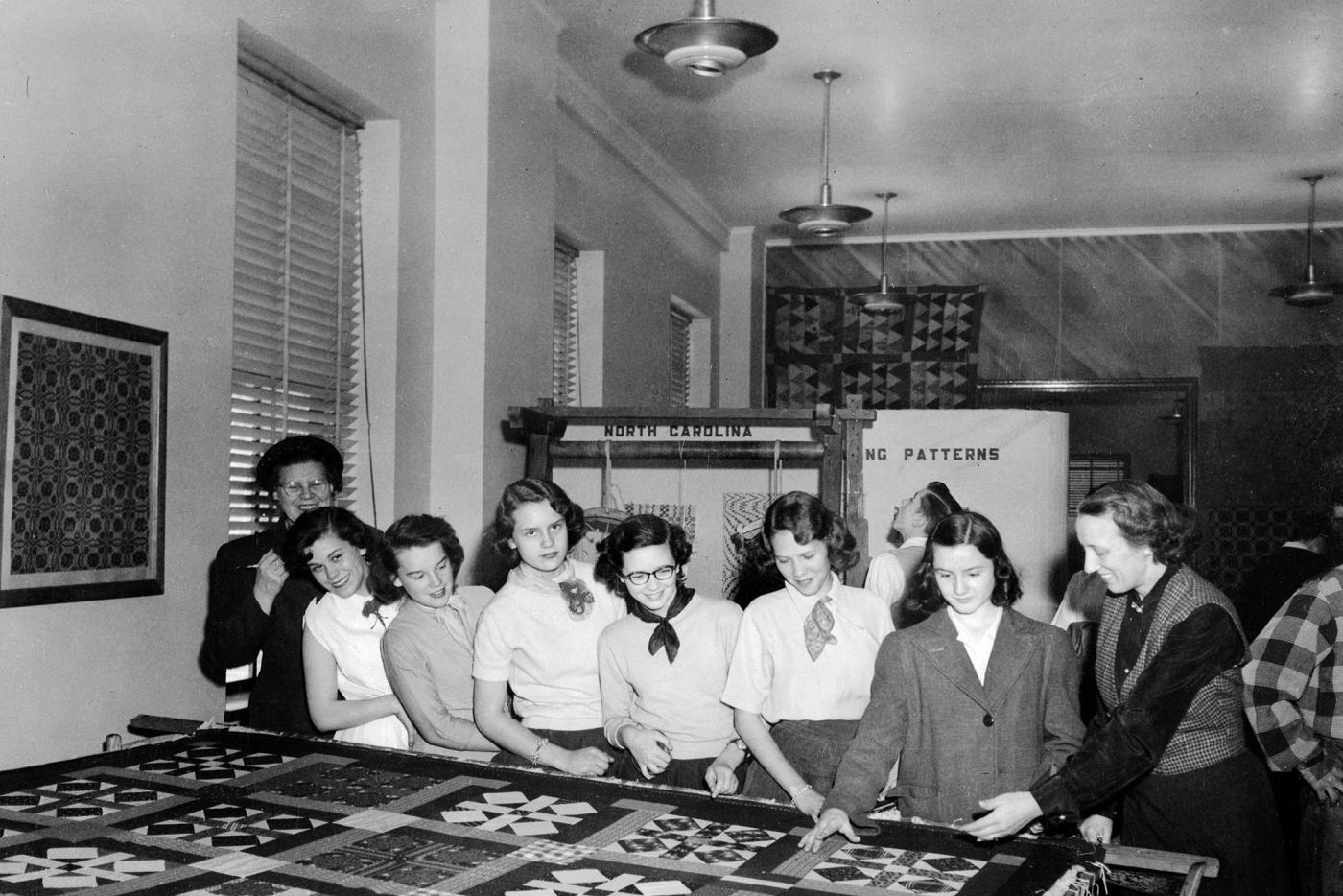Author: Tricia Williamson, Digital Content Producer
This week, most traditional schools in North Carolina will begin the new school year. Carpool lines and technology are a routine part of a student’s life today, but this wasn’t always the case. Look back at some of the North Carolina Museum of History’s artifacts and see what schools used to look like in our state.
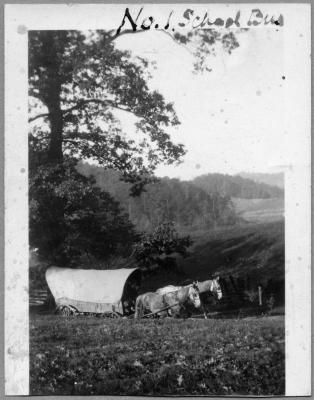
Long before our big yellow buses, students needed a way to get to school. Most children walked to school, but a horse-drawn wagon was sometimes the answer. This print in our collection has “No. 1 School Bus” written on the front. On the reverse, it says, “Ashe Co.?”
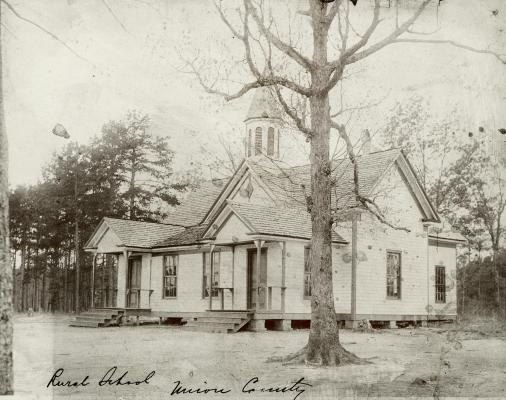
Small schoolhouses have played an integral part in North Carolina’s educational history, especially in rural areas. This photo of a schoolhouse, circa 1905, is labeled, “Rural School Union County.” The 1868 state constitution set up the board of education. It provided free public education to all kids, although schools were segregated, and White schools were almost always better funded.

No calculators in this math class! This slate, circa 1865–1867, has a built-in abacus. It was used by a formerly enslaved girl during Reconstruction, a major turning point in education for Black Americans. Pocket-sized electronic calculators became widely available in the 1970s, but the ancient abacus is still in use in many parts of the world.

With the advancement of technology, computer use has become a normal part of a student’s day at school. This Radio Shack TRS-80 Model III computer was made in 1983. It was popular in school computer labs due to its all-in-one design and improved reliability compared to earlier models.
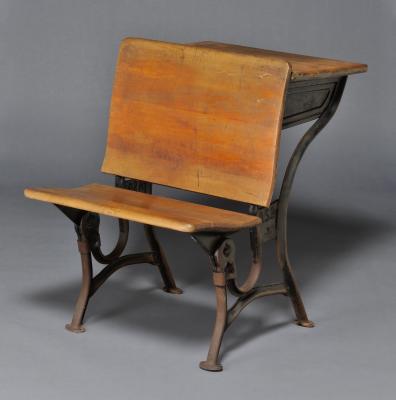
This school desk, used around the turn of the 20th century, is a combination seat and desk. But why is the chair facing the wrong way? These desks would be placed in rows, with the bench used by a child and the desk used by another child seated behind them.
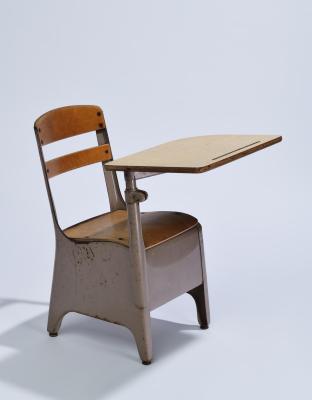
This desk was made by Southern School & Church Furniture in Hickory in the 1960s. It’s also a combined chair and desk like the older model, with the desk now attached to the front of the chair.
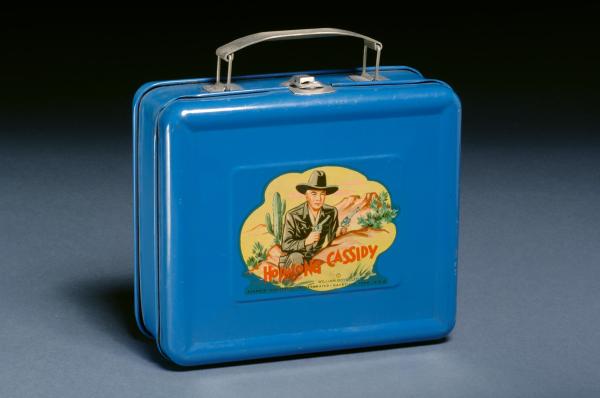
You can probably remember the “it” lunchbox of your time. Schoolkids in the 1980s might have had He-Man or Strawberry Shortcake adorning their lunchboxes. Lisa Frank and Bugs Bunny were popular in the 1990s. This lunchbox from 1950 features Hopalong Cassidy, a popular cowboy from film and television played by actor William Boyd.
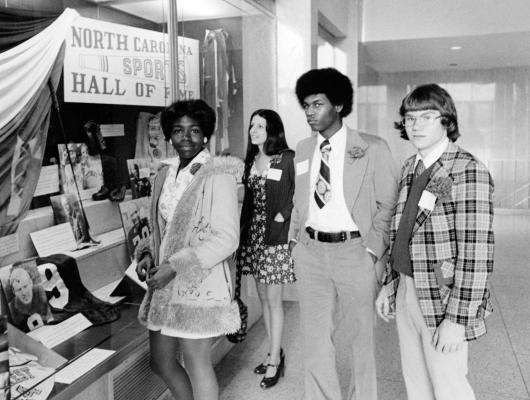
The North Carolina Museum of History has been part of the school experience for decades. On February 7, 1975, the museum held a Youth Involvement Day event. This photograph shows students enjoying a North Carolina Sports Hall of Fame exhibit in the lobby of the Archives building on Jones Street in Raleigh.
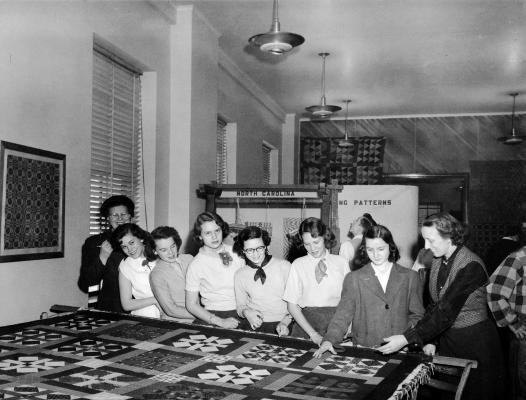
In this photo from 1952, administrator and director Joye Jordan shows students a quilt top in the demonstration room of the Hall of History. Interactive, hands-on programming has been a staple of the museum’s mission. We’ll continue to present our state’s history throughout our renovation and beyond.
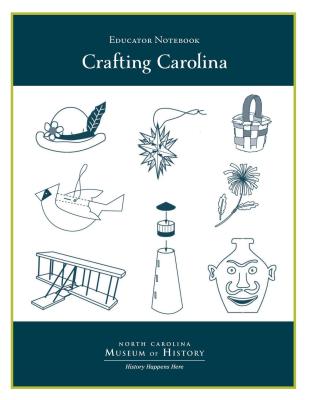
Teachers, enrich your studies of North Carolina history and culture by connecting the past to crafts that are easy and fun to make with our Crafting Carolina Educator Notebook. Supply lists and instructions are provided on each page!

